INDIGO TOURMALINE
INDIGO TOURMALINE
When it comes to appreciating colored gemstones it is color – obviously – that is always the crucial criterion. And when it comes to naming your favorite color, well, it is hard to deny the magnetic effect of clear ocean water on the eye. So this beautiful and rare gem is hard to resist, possessing, as it does, the hypnotic power of the green-blue waves of the sea.
Alternatively called indicolite, fine indigo tourmaline is one of the rarest and most desirable varieties of tourmaline. Given that there is a certain haziness around trade names in gemology, we may assume that the name was initially given only to deep-blue pieces with no shades of green or black.However, such material is extremely scarce and, perhaps because of this, the name indigo is now also used for tourmaline that reflects the fusion of green and blue that is seawater.
Brazil has always been the principal source of tourmaline of all colors. It is also found in Afghanistan and Pakistan, but the progress made in mining in Africa makes it highly competitive.
The rough from Nigeria, Mozambique, Namibia and other African countries, like that from the other sources, has common features. Generally the material is over-saturated blue to black along the c-axis, too dark and unfavorable for cutting. This explains why most indigo on the market is cut in a particular, rather limiting way and, also, heated in order to lighten the stone and open up its naturally dark color. But happily, the Neuschwaben mine in Namibia has been a source of some of the finest tourmalines for almost a hundred years. It produces material in a beautiful open tealblue color along all three axes that is so special that we have allocated this particular color type a chapter of its own in this book.
When it comes to appreciating colored gemstones it is color – obviously – that is always the crucial criterion. And when it comes to naming your favorite color, well, it is hard to deny the magnetic effect of clear ocean water on the eye. So this beautiful and rare gem is hard to resist, possessing, as it does, the hypnotic power of the green-blue waves of the sea.
Alternatively called indicolite, fine indigo tourmaline is one of the rarest and most desirable varieties of tourmaline. Given that there is a certain haziness around trade names in gemology, we may assume that the name was initially given only to deep-blue pieces with no shades of green or black.However, such material is extremely scarce and, perhaps because of this, the name indigo is now also used for tourmaline that reflects the fusion of green and blue that is seawater.
Brazil has always been the principal source of tourmaline of all colors. It is also found in Afghanistan and Pakistan, but the progress made in mining in Africa makes it highly competitive.
The rough from Nigeria, Mozambique, Namibia and other African countries, like that from the other sources, has common features. Generally the material is over-saturated blue to black along the c-axis, too dark and unfavorable for cutting. This explains why most indigo on the market is cut in a particular, rather limiting way and, also, heated in order to lighten the stone and open up its naturally dark color. But happily, the Neuschwaben mine in Namibia has been a source of some of the finest tourmalines for almost a hundred years. It produces material in a beautiful open tealblue color along all three axes that is so special that we have allocated this particular color type a chapter of its own in this book.
As with all varieties of tourmaline, indicolite commonly contains minor inclusions, so any perfectly clean stone will be even more valuable. And while the luster of tourmaline in general is not the strongest, indigo definitely has a sparkle, making the gem engagingly pretty in any light and exceptional in candlelight. No other durable, unheated stone of this color has yet been found and one is far more likely to find a non-heated indigo than, say, a non-heated paraiba, still the most expensive of all tourmalines. It is this that makes a fine indigo so desirable to those who appreciate natural, untreated beauty in gemstones. They know there really is no substitute.
(Chapter from the Book “Gemstones. Terra Connoisseur” by Vladyslav Yavorskyy)
(Chapter from the Book “Gemstones. Terra Connoisseur” by Vladyslav Yavorskyy)
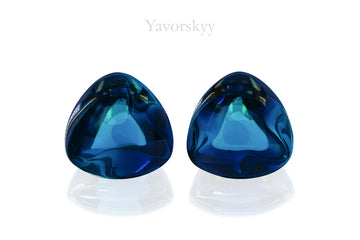
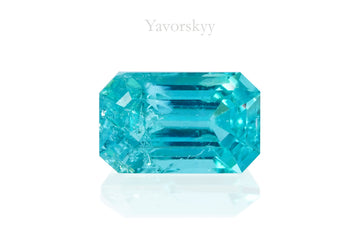
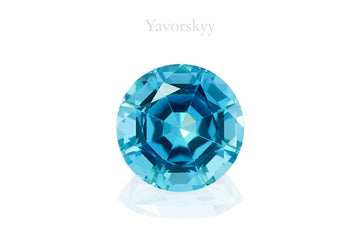

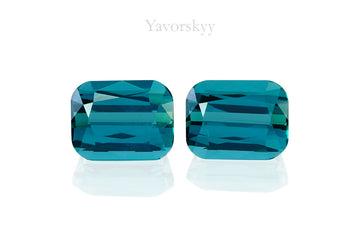

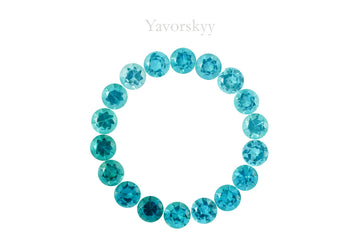
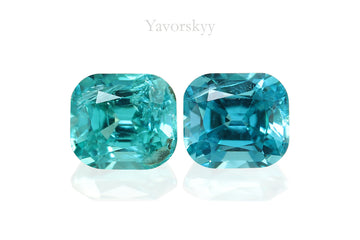
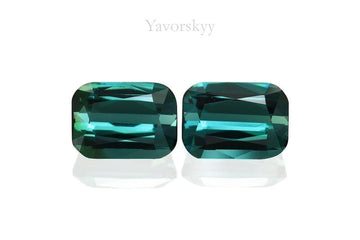
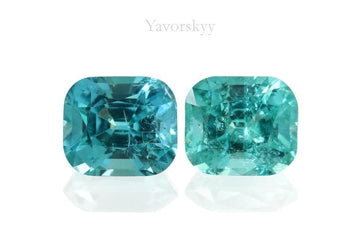
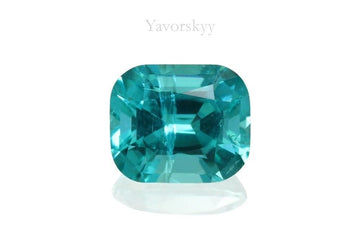
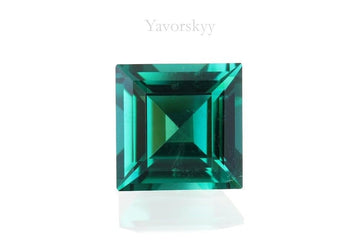
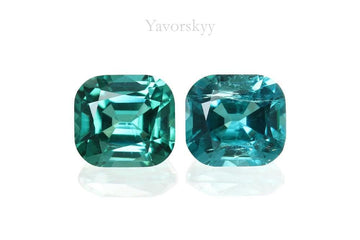
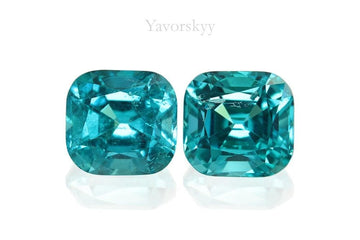
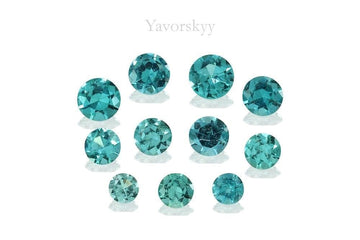
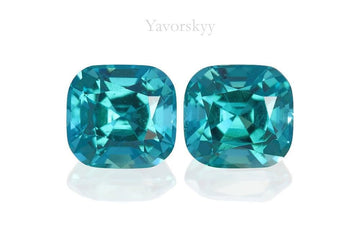
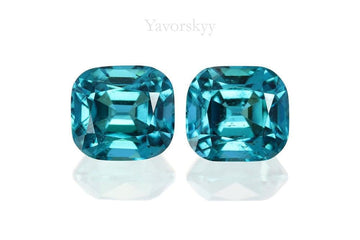
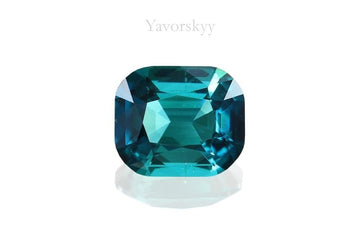


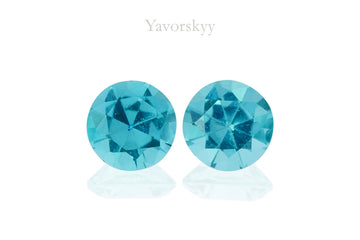

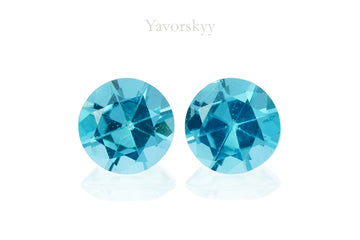
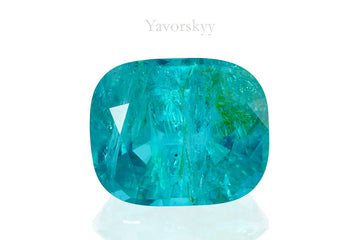
Follow Us